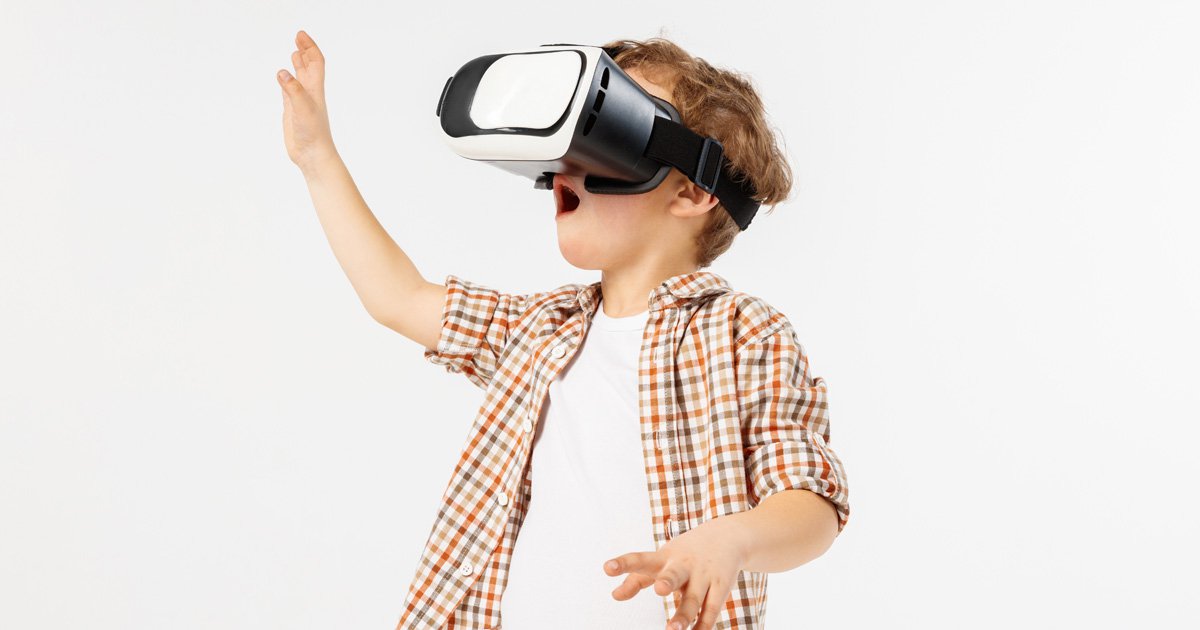Virtual reality improves kids’ experience with chest radiographs
Click Here to Manage Email Alerts
Young children who used 3 minutes of virtual reality while undergoing chest radiography experienced reduced anxiety and distress and shorter procedure times, according to findings from a prospective randomized clinical trial published in JAMA Pediatrics.
“Pediatric patients often experience fear and anxiety in unfamiliar hospital settings and during procedures,” Sung-Hee Han, MD, PhD, a professor in the department of anesthesiology and pain medicine at Seoul National University College of Medicine in South Korea, and colleagues wrote. “In radiology settings, the unfamiliar radiology room and the large radiology machines may be intimidating to pediatric patients, resulting in anxiety and distress. Distress among pediatric patients in radiology settings may lead to stress behaviors, such as crying, moving and flailing, which result in delay or cancellation of the radiographic process.”
Han and colleagues conducted the trial at a tertiary academic hospital located in Seongnam, South Korea. All children included in the trial were aged 4 to 8 years and received chest radiographs between July 20, 2018, and Sept. 11, 2018.
The researchers either verbally instructed children about what was needed for the radiograph (control; 50.5%) or used a 3-minute virtual reality experience to teach children about chest radiography and encourage them to cooperate (49.5%).

The final analysis included 99 children. Children who used virtual reality had lower average anxiety and distress scores (2 vs. 5; P = .004), and fewer needed a parent present for the radiographic procedure (16.3% vs. 36%), the researchers wrote. Chest radiographs also were shorter for children who used virtual reality compared with the control group (55.1 seconds vs. 75 seconds).
Further, according to the researchers, parents of children who used virtual reality reported an average satisfaction score of 9.4, whereas parents in the control group reported an average score of 8.6.
Han and colleagues noted several limitations to the findings, one of which was that chest radiographs — which they cited as “the most common procedure in pediatric radiology” — are usually painless and noninvasive.
“More investigations with virtual reality education are needed with pediatric patients undergoing CAT scans or MRIs, which frequently require sedation,” they wrote.
In addition, they wrote that the intervention was not compared with other technologies, like an educational video, that there was no female character option for the virtual reality group and that they did not mask parents from the intervention. – by Katherine Bortz
Disclosures: Han reports receiving grants from the Korea Creative Content Agency during the conduct of the study and having a patent to Medical experience in hospitals provided with virtual reality or augmented reality system pending. Please see the study for all other authors’ relevant financial disclosures.
